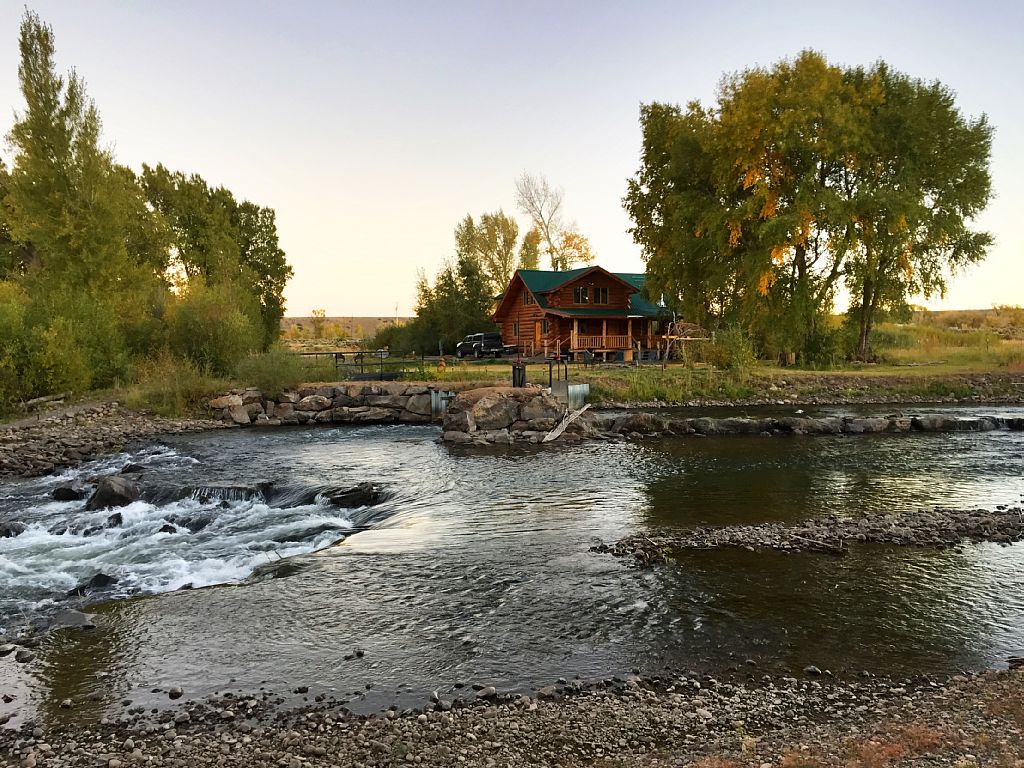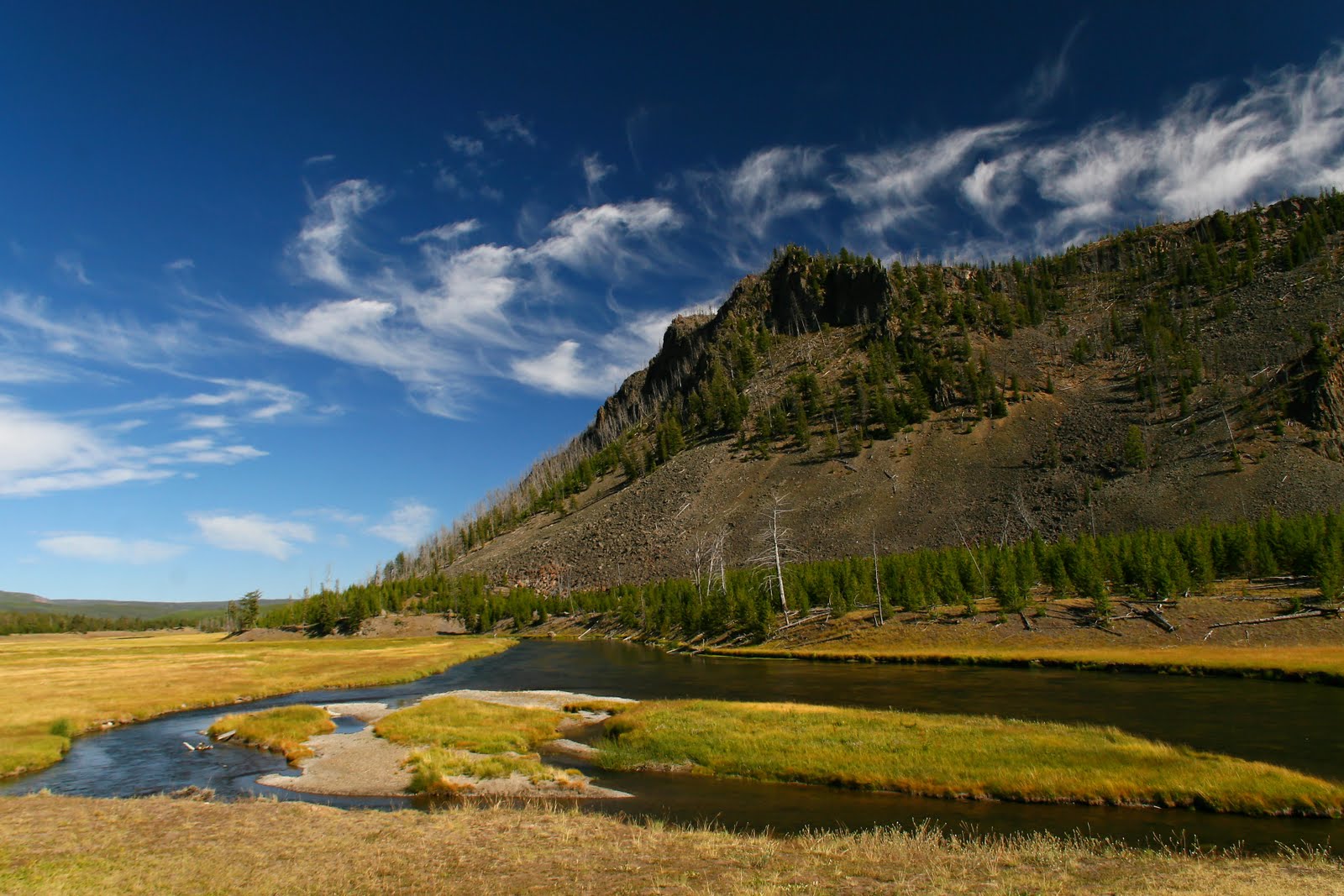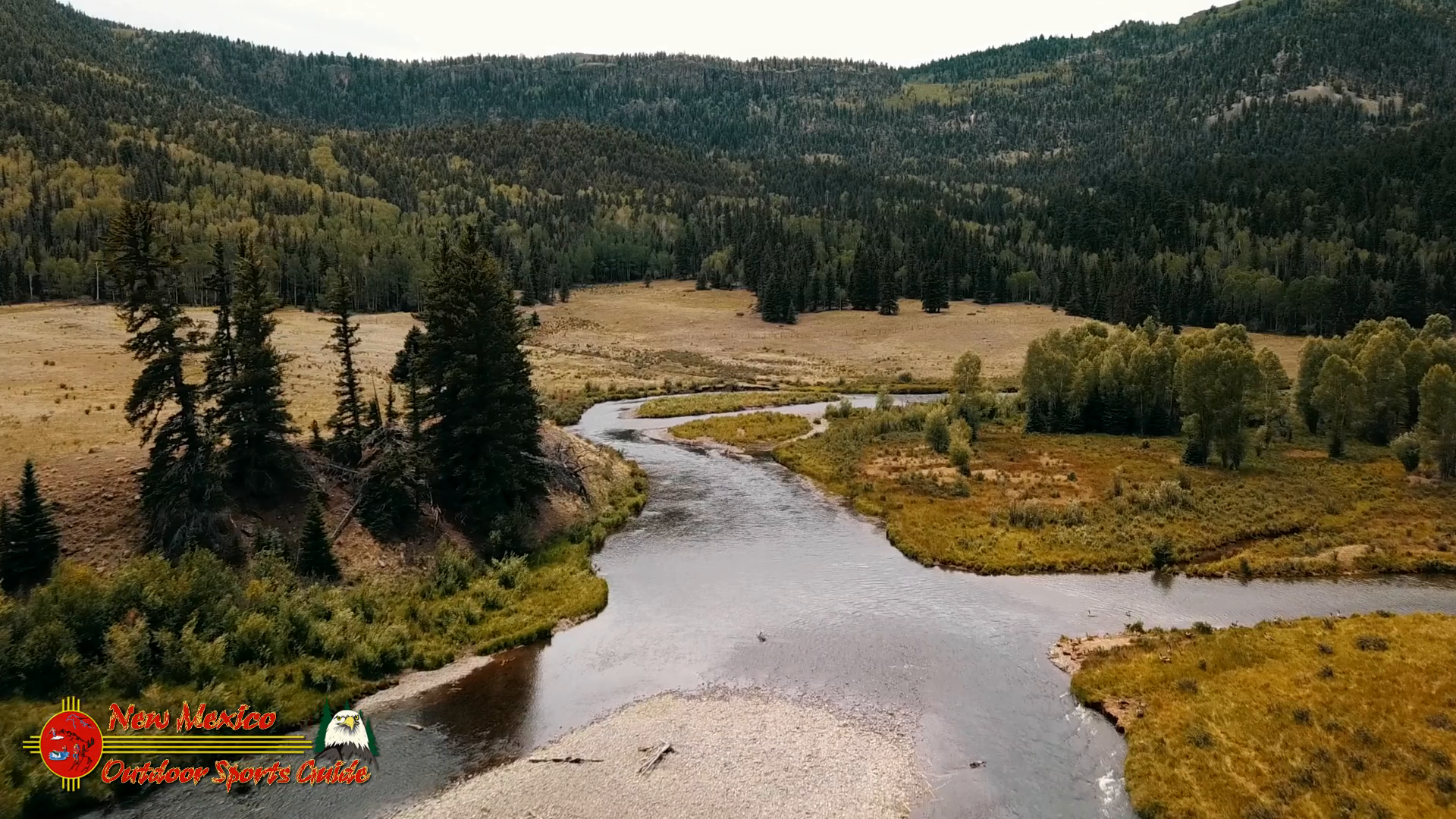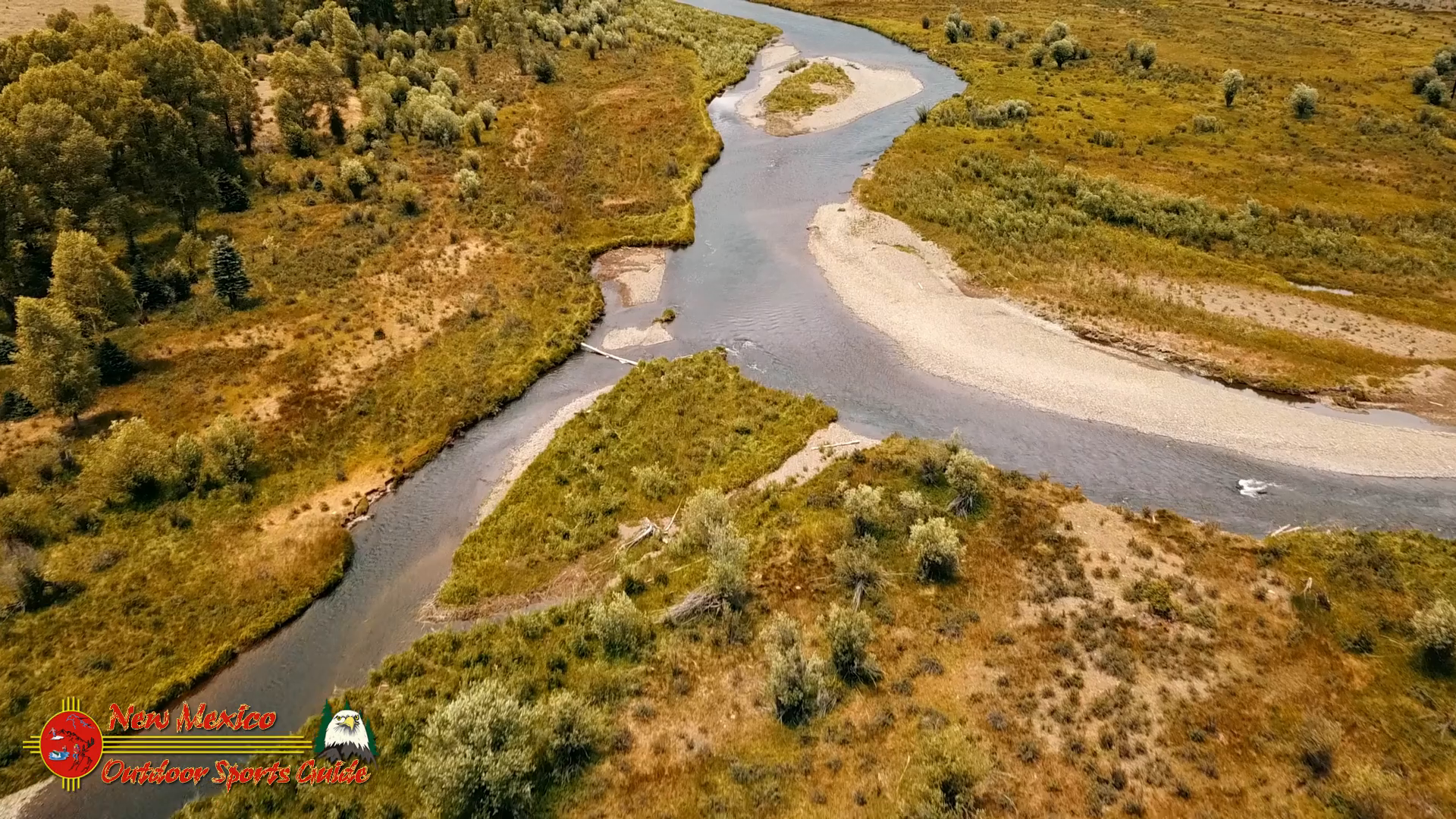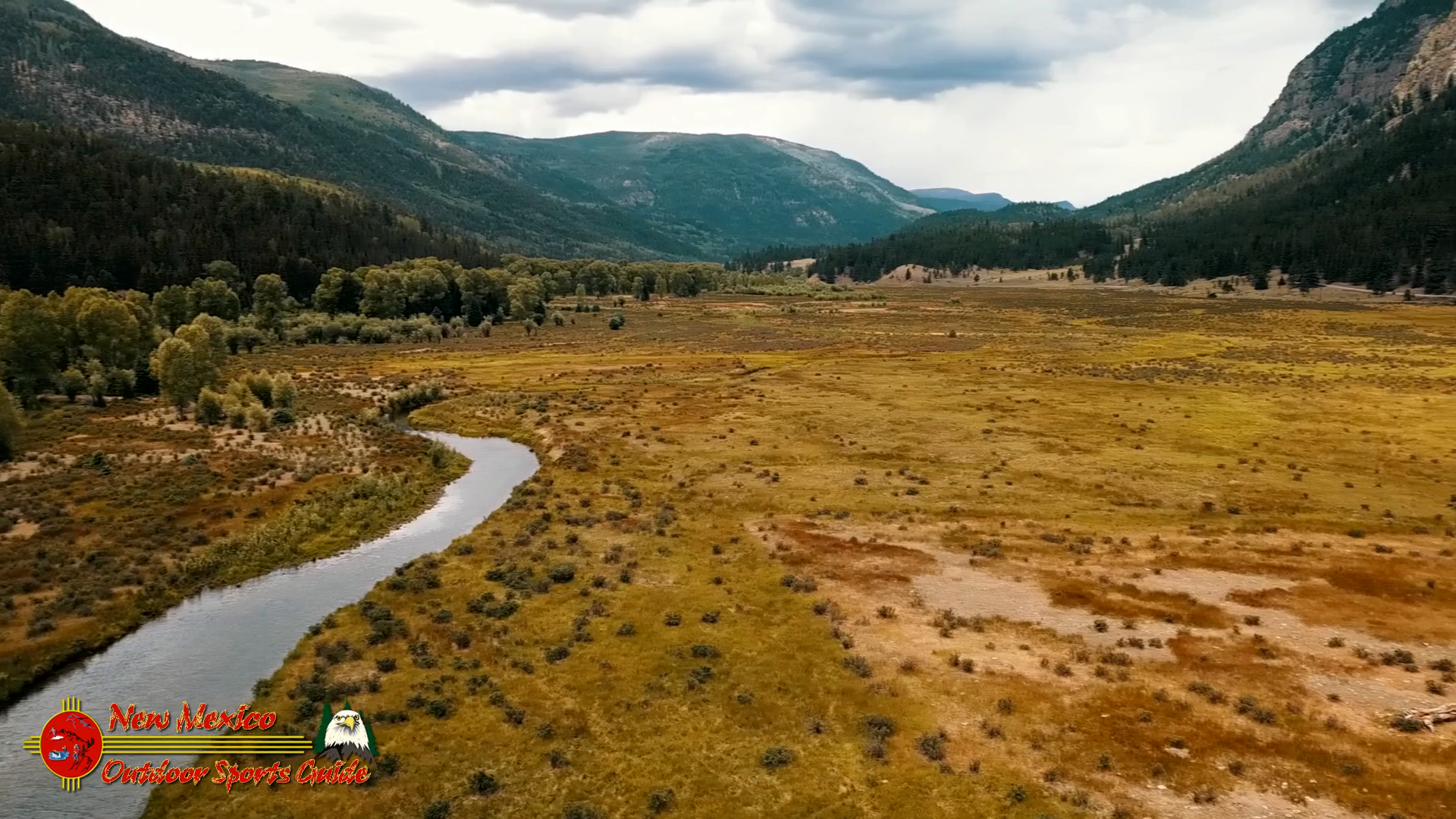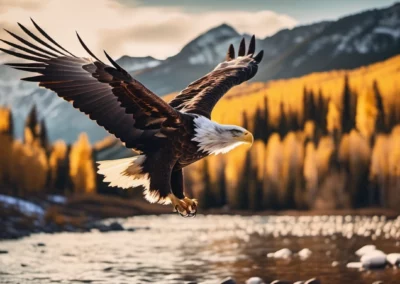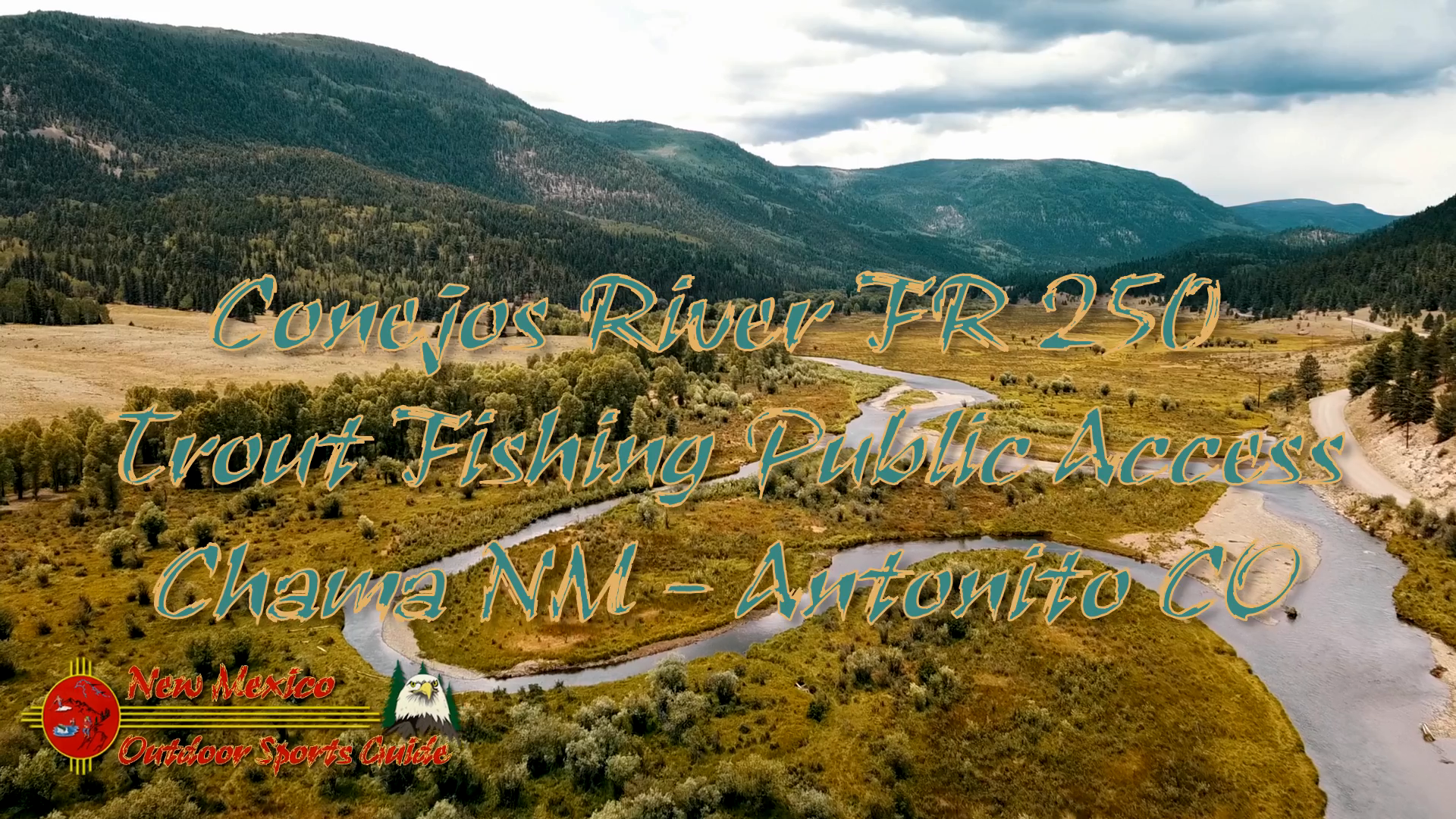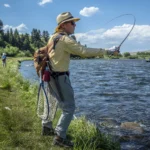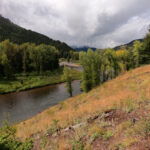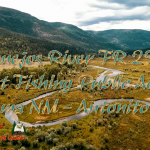Fly fishing on the headwater streams of the Conejos River in southern Colorado is an experience that combines the thrill of the catch with the serene beauty of an alpine wilderness. These pristine waters are not just a fisherman’s paradise; they are a haven for those seeking solitude, connection with nature, and the unique challenges presented by wild trout. The headwaters of the Conejos River, located in the Rio Grande National Forest, offer some of the finest fly fishing opportunities in the state, characterized by clear, cold waters, a diverse array of trout species, and breathtaking landscapes.
This comprehensive guide aims to provide an in-depth look at what makes the Conejos River headwaters a special destination for fly fishing. We’ll explore the natural environment, the different trout species you can expect to encounter, the best fishing techniques, and the essential gear. Additionally, we’ll delve into the seasonal variations, access points, conservation efforts, and local regulations that ensure this treasured resource remains pristine for future generations.
The Natural Environment
The headwaters of the Conejos River originate in the high mountains of the southern San Juan Range. This area is characterized by its alpine meadows, dense coniferous forests, and rugged terrain. The river’s journey begins at elevations exceeding 10,000 feet, where snowmelt feeds its tributaries, ensuring a consistent flow of cold, oxygen-rich water throughout the year.
The landscape here is stunning, with towering peaks, verdant valleys, and an abundance of wildlife. Moose, elk, deer, and black bears are common sights, while the skies are patrolled by eagles and hawks. The flora is equally diverse, with wildflowers painting the meadows in spring and summer, and the forests providing a dense canopy that shelters the river from the sun, maintaining its cool temperatures.
Trout Species
The Conejos River headwaters are home to a variety of trout species, each offering unique challenges and rewards to the fly fisherman. The primary species include:
-
Brown Trout (Salmo trutta): Known for their wariness and strength, brown trout are often found in the deeper pools and undercut banks of the Conejos River. They are typically more active during low-light conditions, making early mornings and late evenings prime times for targeting them.
-
Rainbow Trout (Oncorhynchus mykiss): These vibrant fish are known for their acrobatic fights and are commonly found in the riffles and runs of the river. They are less wary than brown trout, making them a popular target for novice anglers.
-
Cutthroat Trout (Oncorhynchus clarkii): The native cutthroat trout are a prized catch due to their beautiful coloration and historical significance. They are often found in the higher elevations of the river, where the water remains coldest.
-
Brook Trout (Salvelinus fontinalis): Though not native to Colorado, brook trout have established themselves in the headwaters. They thrive in the colder, smaller tributaries and are known for their aggressive takes and vibrant fall colors.
Best Fishing Techniques
Fly fishing in the headwaters of the Conejos River requires a blend of traditional techniques and local knowledge. Here are some of the most effective methods:
-
Dry Fly Fishing: The clear, cold waters of the Conejos River provide excellent conditions for dry fly fishing. Match the hatch by observing the local insect activity and selecting patterns that mimic the prevalent species. Caddisflies, mayflies, and stoneflies are all common on the river.
-
Nymphing: When fish aren’t rising, nymphing can be highly effective. Using a strike indicator and a tandem nymph rig, you can target fish feeding below the surface. Popular nymph patterns include Pheasant Tails, Hare’s Ears, and Prince Nymphs.
-
Streamer Fishing: For targeting larger trout, streamers can be very effective. Patterns like Woolly Buggers and Muddler Minnows mimic small fish and other prey, enticing aggressive strikes from predatory trout. This technique works well in deeper pools and faster runs.
-
Tenkara Fishing: This traditional Japanese method of fly fishing is well-suited to the small, tight streams found in the headwaters. The simplicity of tenkara – using a fixed line, rod, and fly – allows for precise presentation and delicate drifts in areas where conventional fly rods might be cumbersome.
Essential Gear
Fly fishing the headwaters of the Conejos River requires specialized gear to handle the unique conditions and terrain. Here’s a rundown of the essentials:
-
Rod and Reel: A 3 to 5-weight fly rod, 7 to 9 feet in length, is ideal for the small streams and the size of the trout in the headwaters. A lightweight reel with a smooth drag system is important for managing feisty fish.
-
Line and Leader: A floating fly line is versatile for most conditions. Use a tapered leader, typically 9 feet long, and adjust the tippet size according to the fly and the fish you’re targeting (5X to 6X for dry flies, 4X to 5X for nymphs and streamers).
-
Flies: A well-stocked fly box should include a variety of dry flies, nymphs, and streamers. Local patterns that mimic the specific insects of the region can be particularly effective. Don’t forget terrestrials like ants and hoppers, which can be very productive in the summer months.
-
Waders and Boots: While wet wading is possible in the summer, breathable waders and sturdy, felt-soled boots are recommended for navigating the cold waters and slippery streambeds.
-
Accessories: A good pair of polarized sunglasses will help you spot fish and reduce glare. A landing net, hemostats, fly floatant, and a selection of strike indicators and split shot are also essential.
Seasonal Variations
The fishing conditions on the Conejos River headwaters can vary greatly with the seasons, affecting fish behavior and accessibility:
-
Spring (April to June): As the snow begins to melt, the river swells with cold, clear water. This is an excellent time for nymphing and streamer fishing. Be prepared for variable weather and higher flows.
-
Summer (July to September): The prime season for dry fly fishing, with abundant insect hatches and more stable water levels. Early mornings and late evenings are particularly productive as fish feed actively on the surface.
-
Fall (October to November): Cooler temperatures and lower water levels make for excellent fishing conditions. Brown trout become more aggressive as they prepare to spawn, making streamers and larger nymphs very effective.
-
Winter (December to March): Fishing slows down due to ice and snow, but for the hardy angler, there are still opportunities to catch trout, especially in the lower sections where the water remains open.
Access Points and Regulations
Accessing the headwaters of the Conejos River involves navigating remote areas, often requiring a 4WD vehicle or a significant hike. Here are some key access points:
-
Platoro Reservoir: This is a popular starting point for exploring the upper Conejos River. From here, you can hike upstream to reach more secluded spots.
-
Conejos Campground: Located along the river, this campground offers easy access to some excellent fishing waters. It’s a great base camp for multi-day trips.
-
Lake Fork Trailhead: For those looking to explore the higher tributaries, the Lake Fork Trailhead provides access to some of the most remote and pristine sections of the river.
Regulations are in place to preserve the delicate ecosystem of the Conejos River headwaters. Always check the latest Colorado Parks and Wildlife regulations before your trip. Key points include:
- Catch and Release: While not mandatory for all sections, practicing catch and release helps maintain healthy fish populations.
- Barbless Hooks: Encouraged to reduce harm to the fish.
- Fishing Licenses: A valid Colorado fishing license is required.
- Seasonal Closures: Some areas may have seasonal closures to protect spawning fish.
Conservation Efforts
The health of the Conejos River headwaters is maintained through a combination of local conservation efforts and the stewardship of responsible anglers. Organizations such as Trout Unlimited work tirelessly to protect and restore these waters. Anglers can contribute by:
- Practicing Leave No Trace principles: Pack out all trash, avoid damaging vegetation, and tread lightly on trails.
- Participating in Clean-Up Events: Join local groups in maintaining the cleanliness and health of the river.
- Supporting Conservation Organizations: Donate time or money to groups dedicated to preserving the Conejos River and its watershed.
Conclusion
Fly fishing the headwaters of the Conejos River in southern Colorado offers an unparalleled experience for anglers of all skill levels. The combination of diverse trout species, stunning natural beauty, and the tranquility of a remote alpine environment creates a truly magical setting. Whether you’re a seasoned fly fisherman or a beginner looking to explore new waters, the Conejos River headwaters provide the perfect backdrop for an unforgettable adventure.
By understanding the unique aspects of this area – from the behavior of the trout to the best fishing techniques and gear – you can maximize your chances of success and enjoyment. Remember to respect the natural environment and adhere to local regulations to ensure that this pristine fishery remains a treasure for future generations. So pack your gear, tie your flies, and get ready to experience the fly fishing trip of a lifetime on the headwater streams of the Conejos River.



